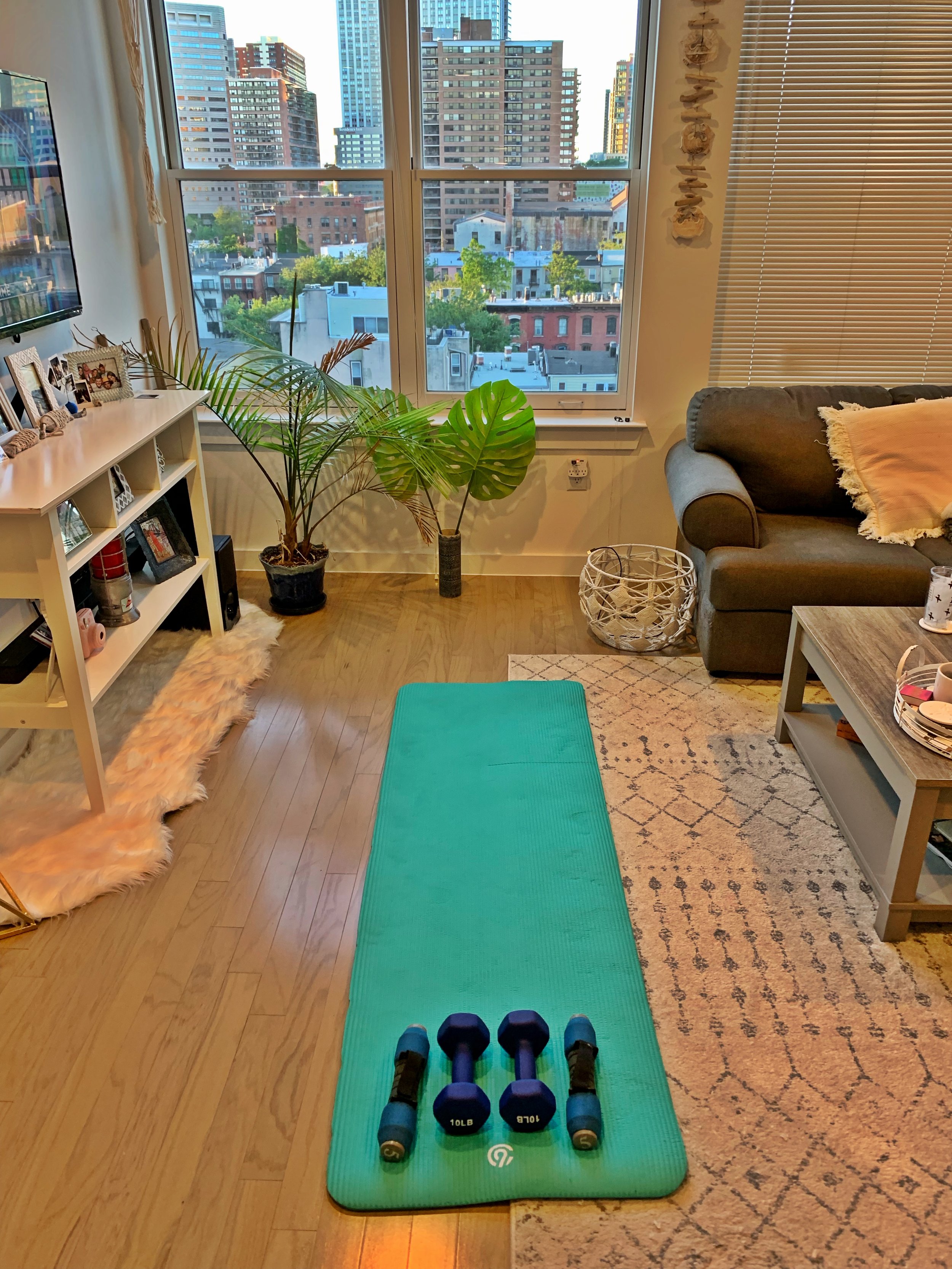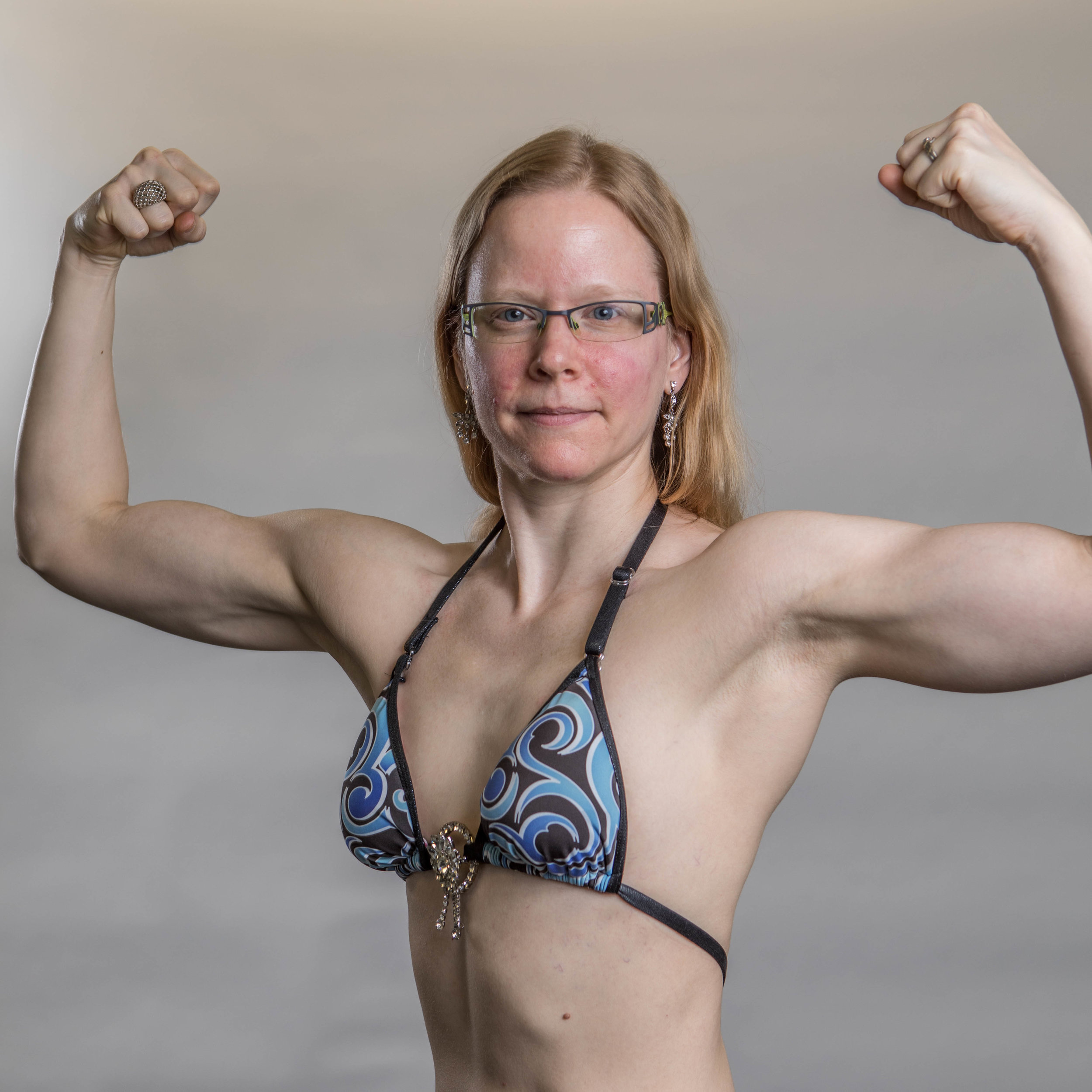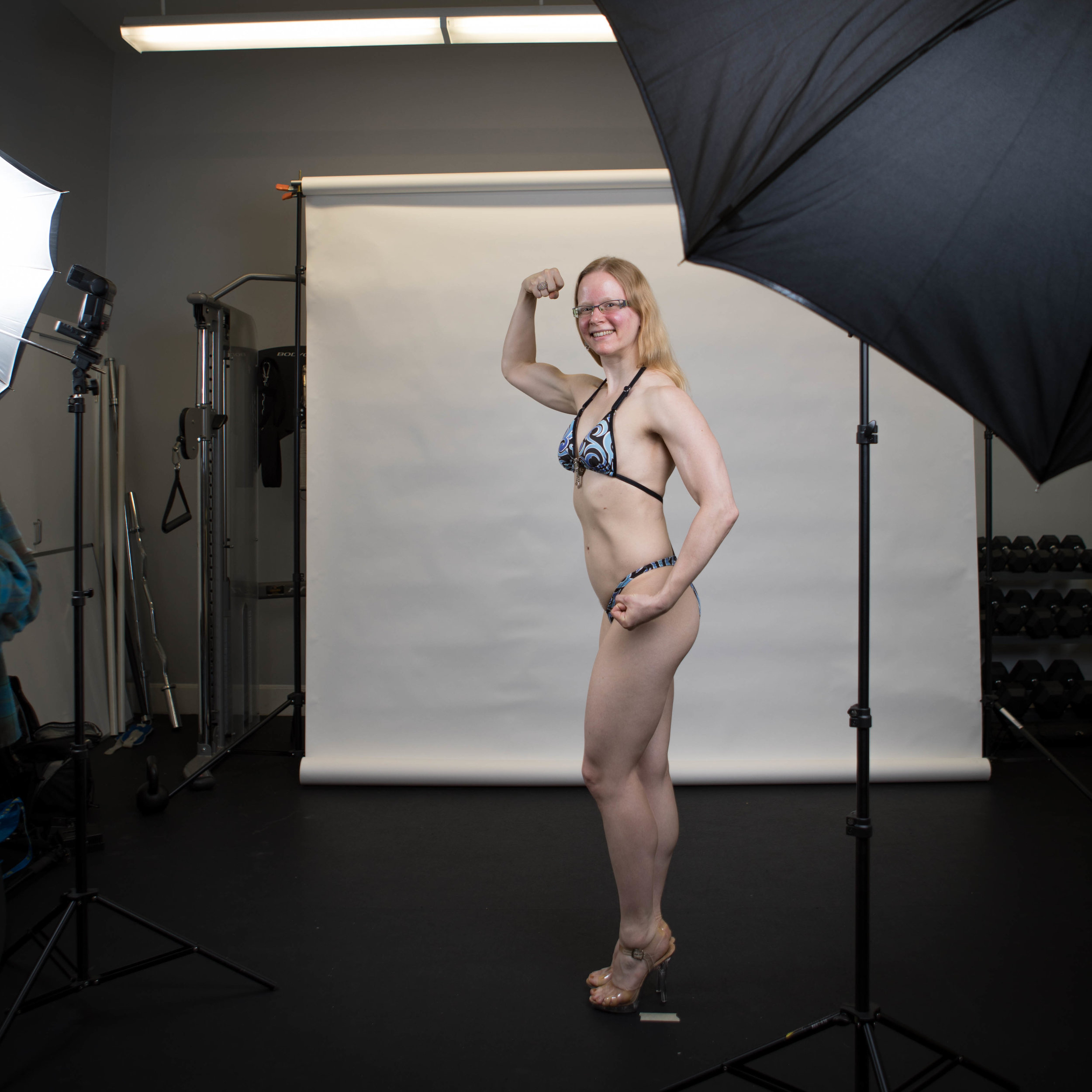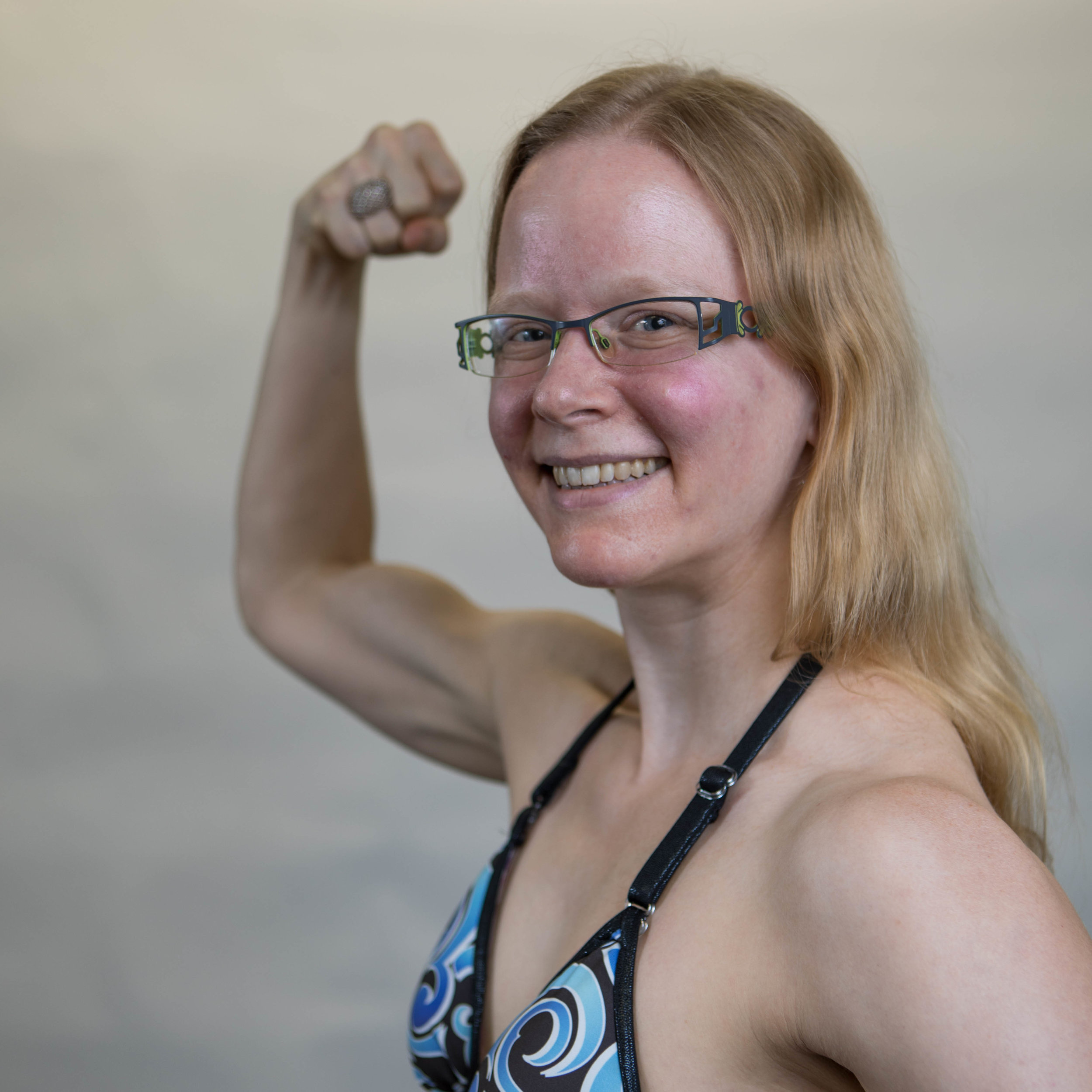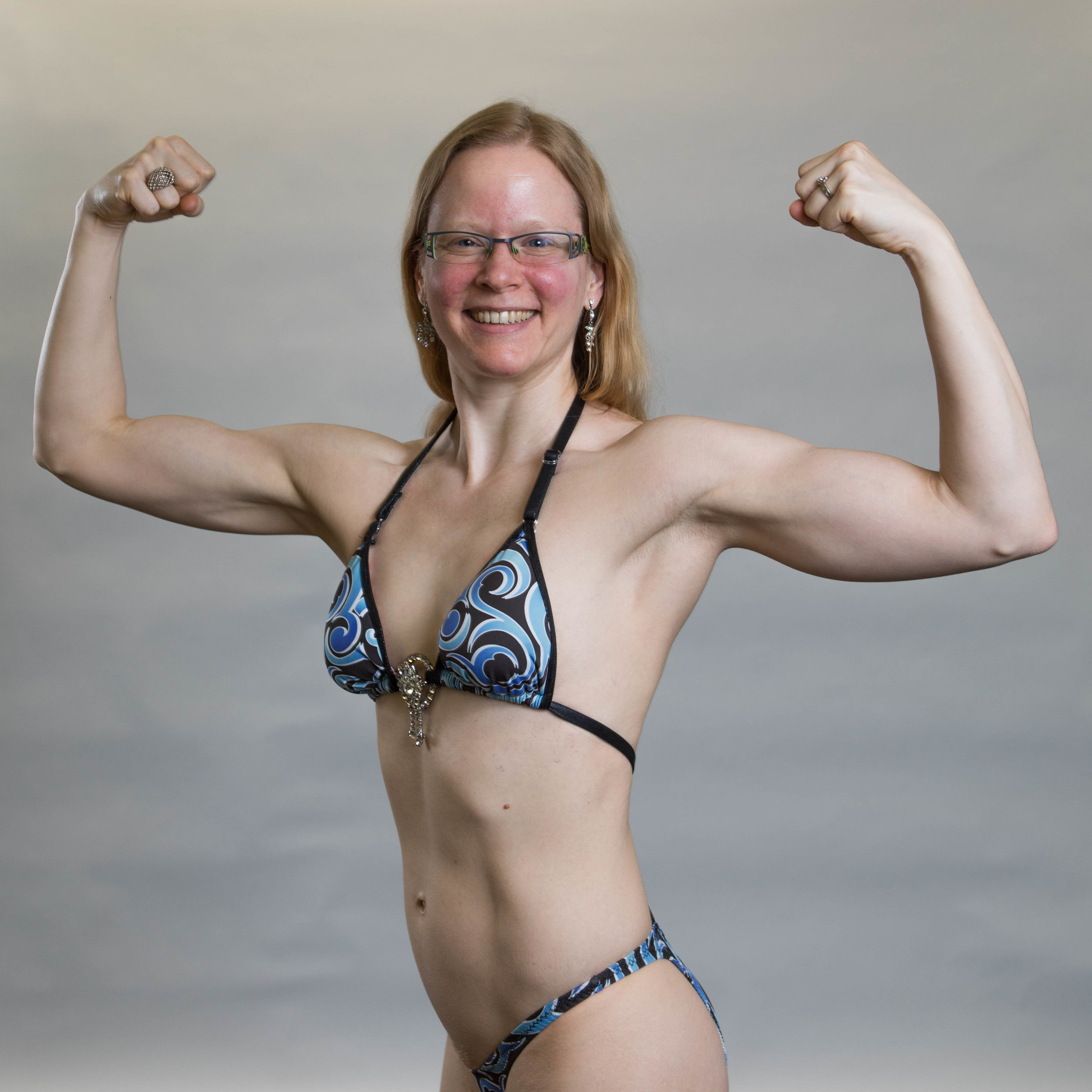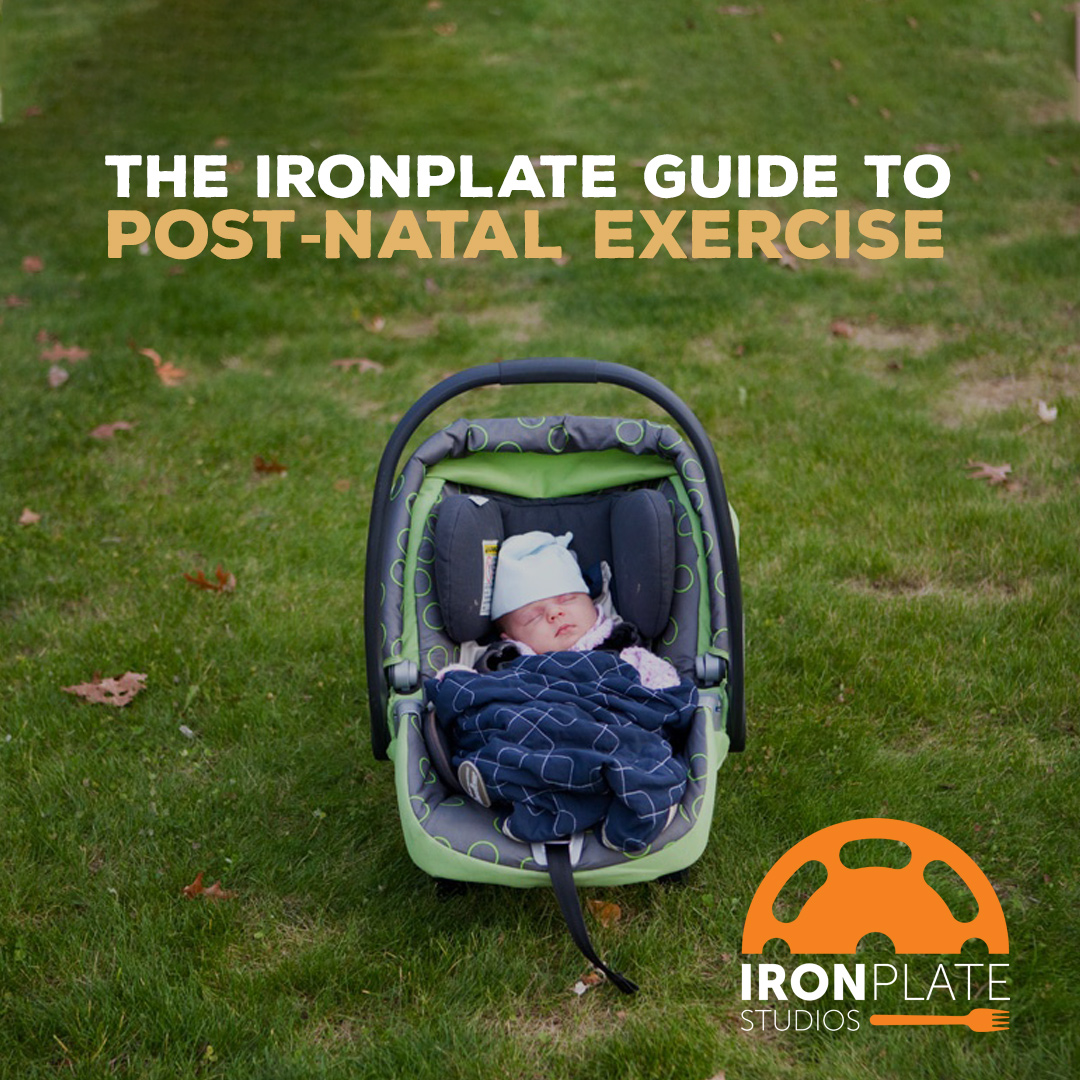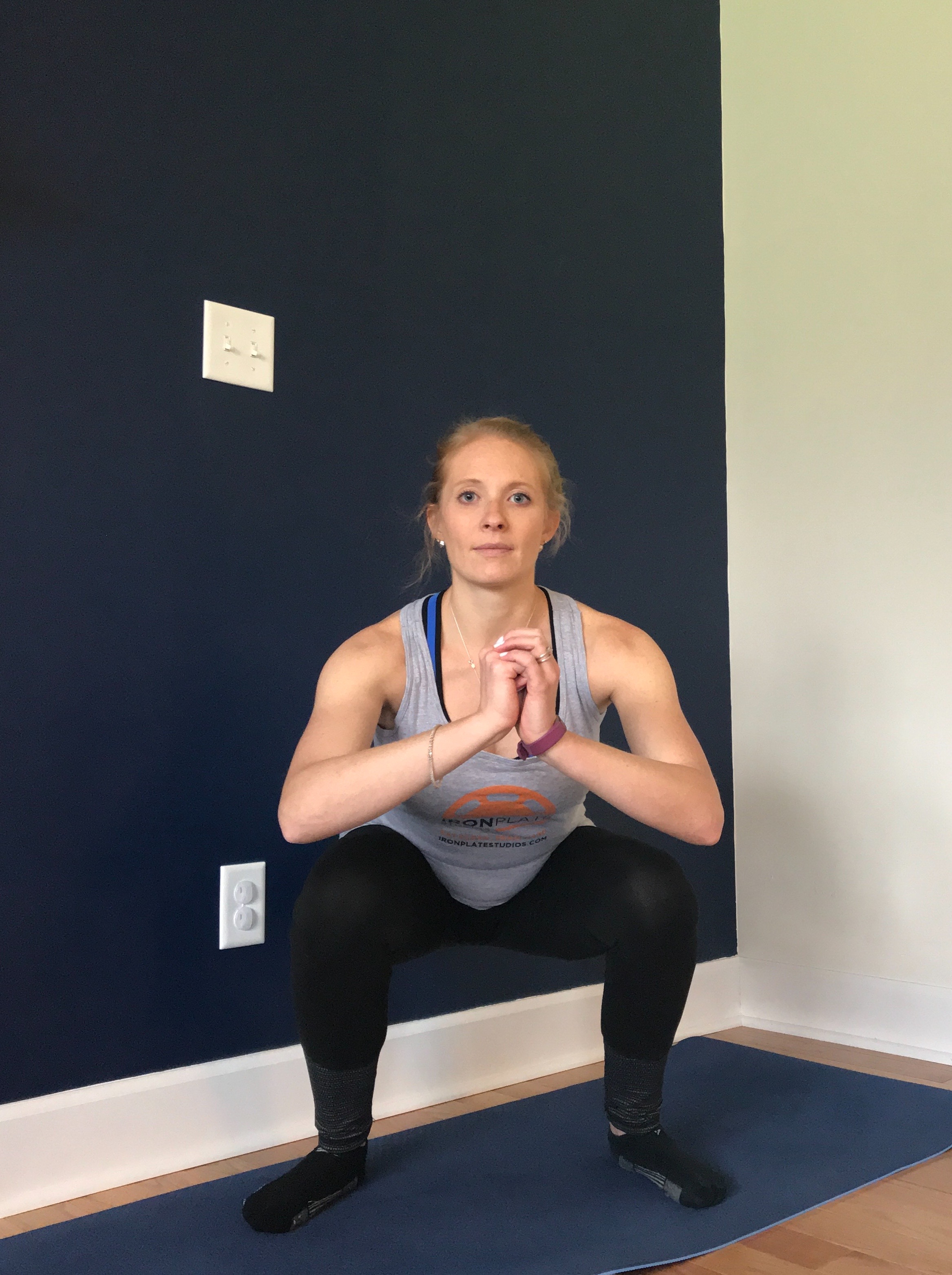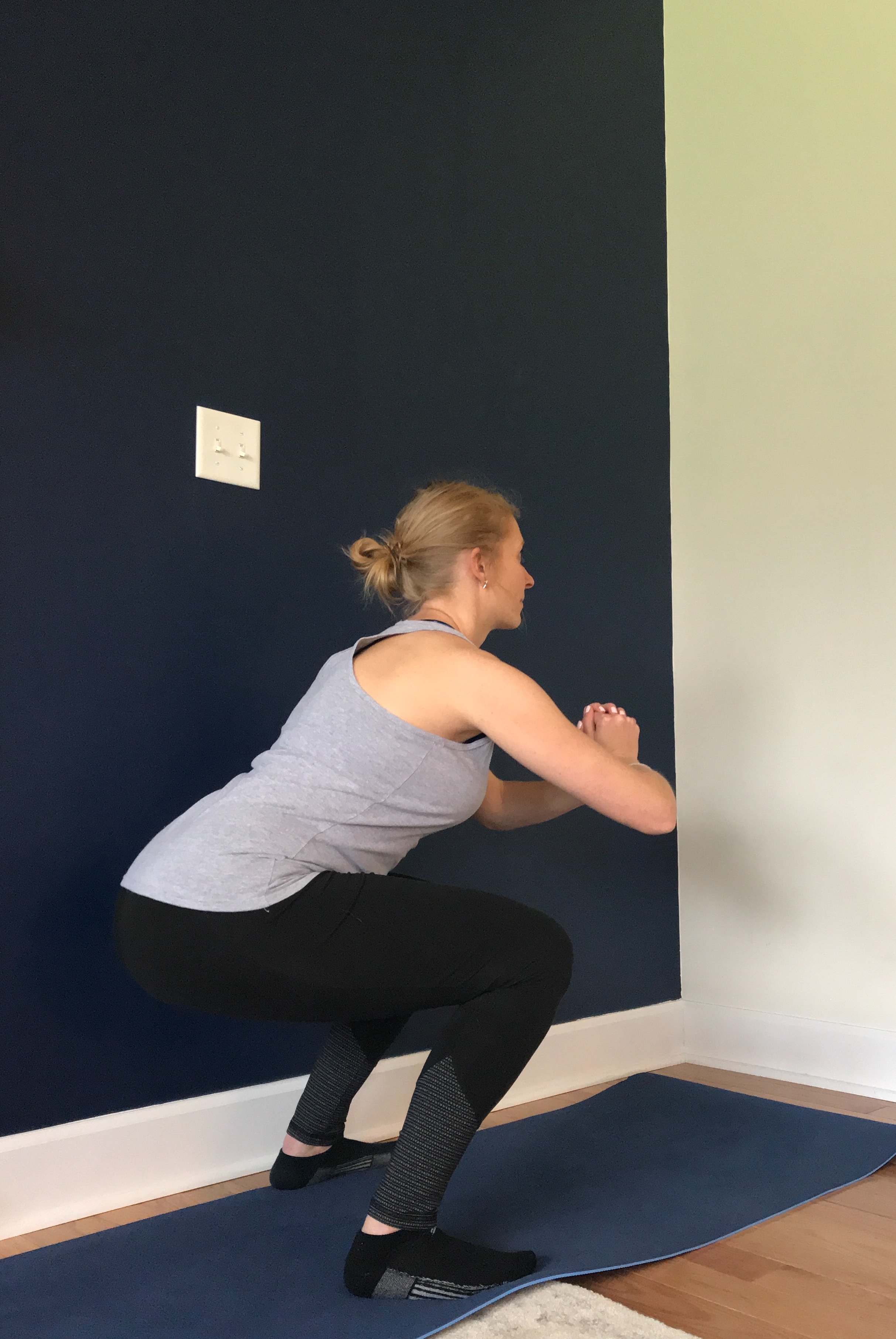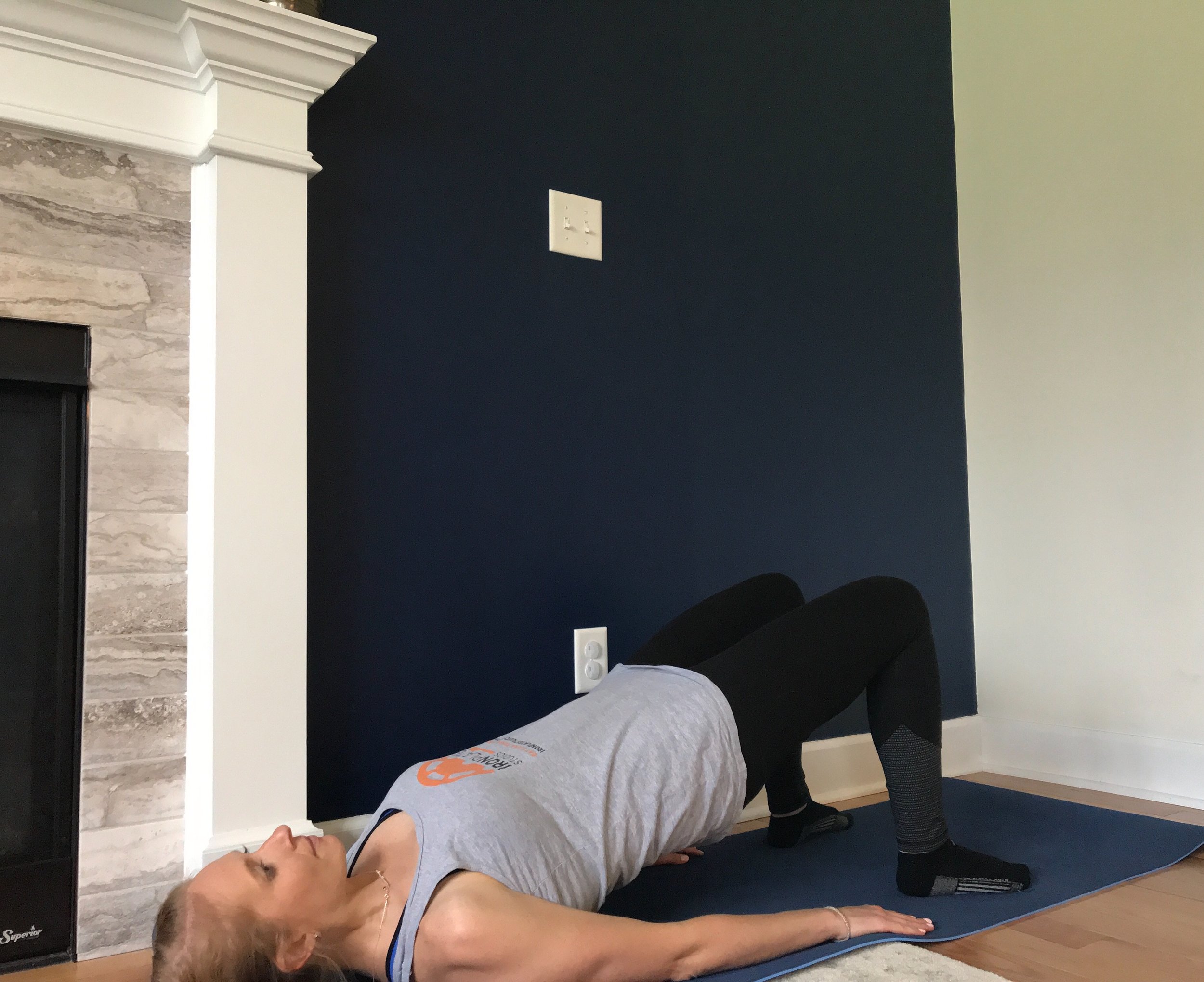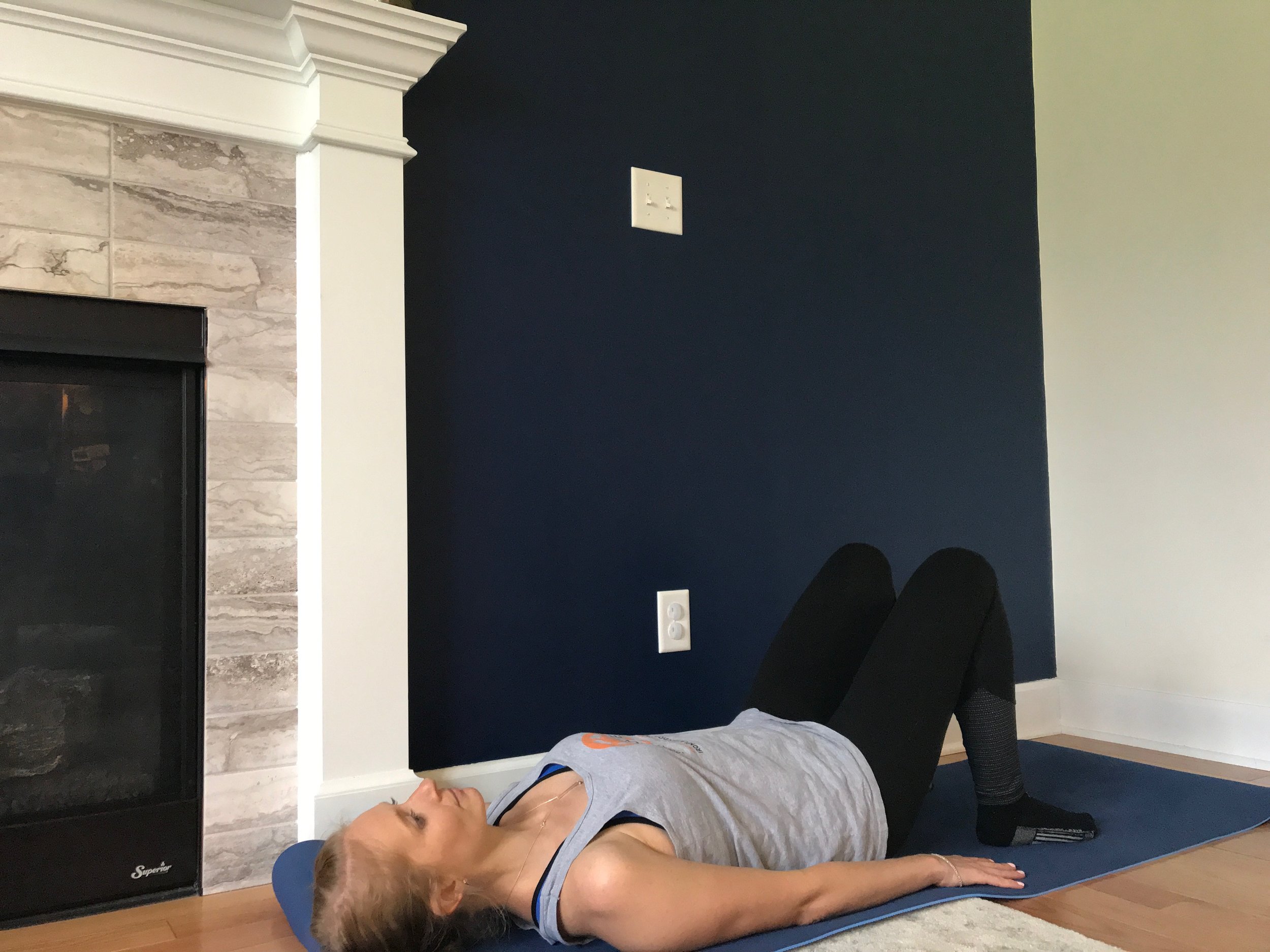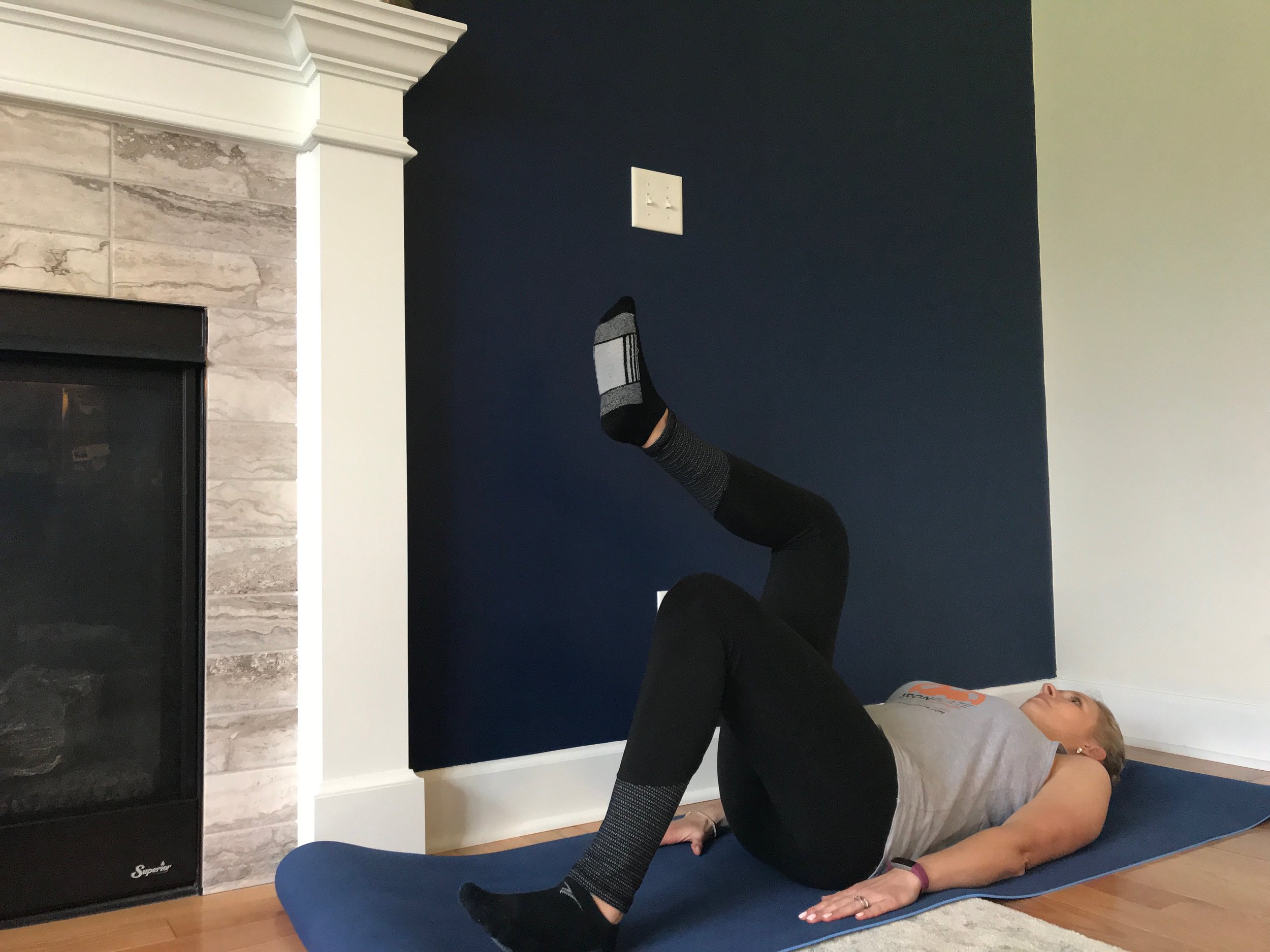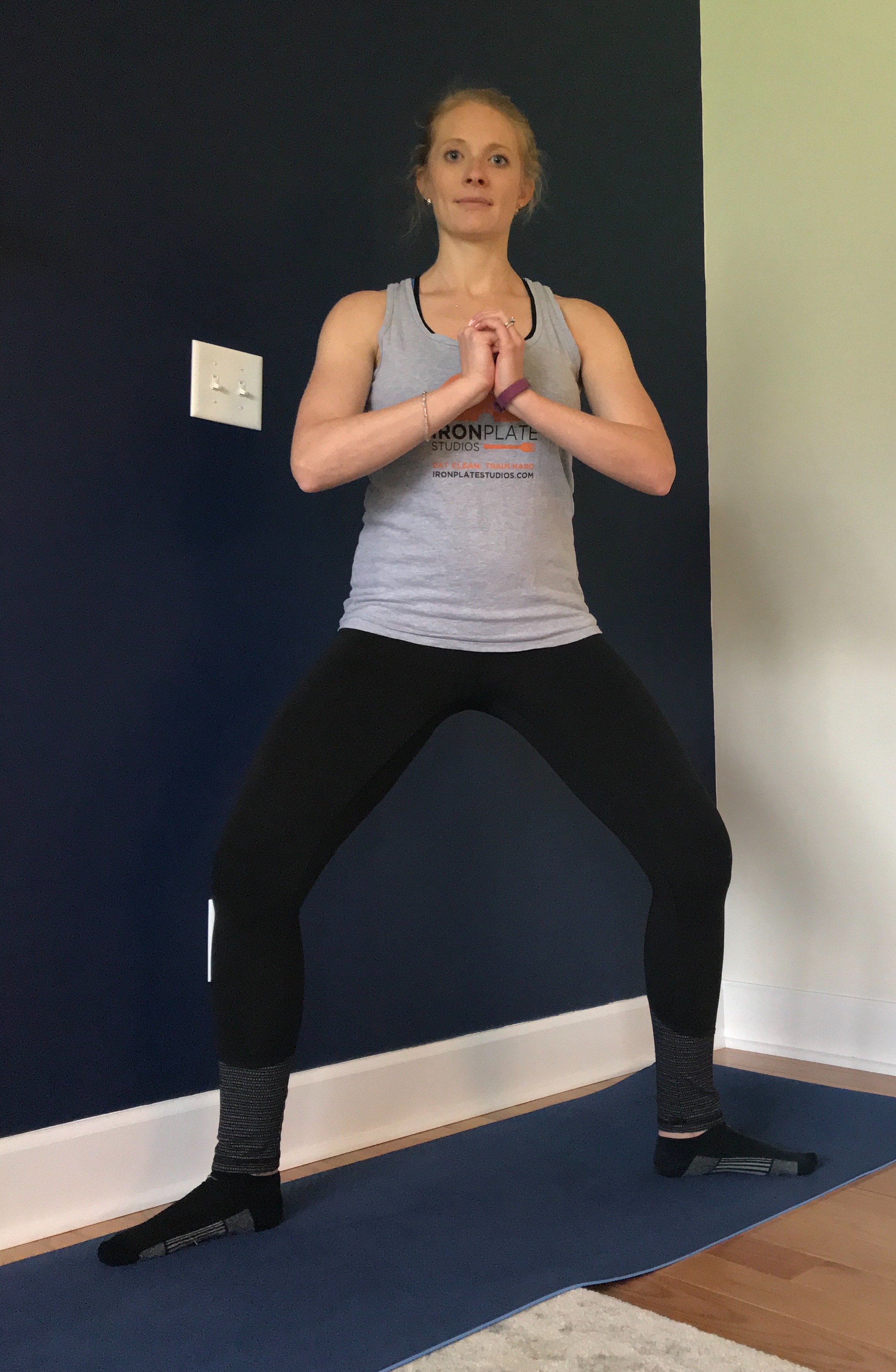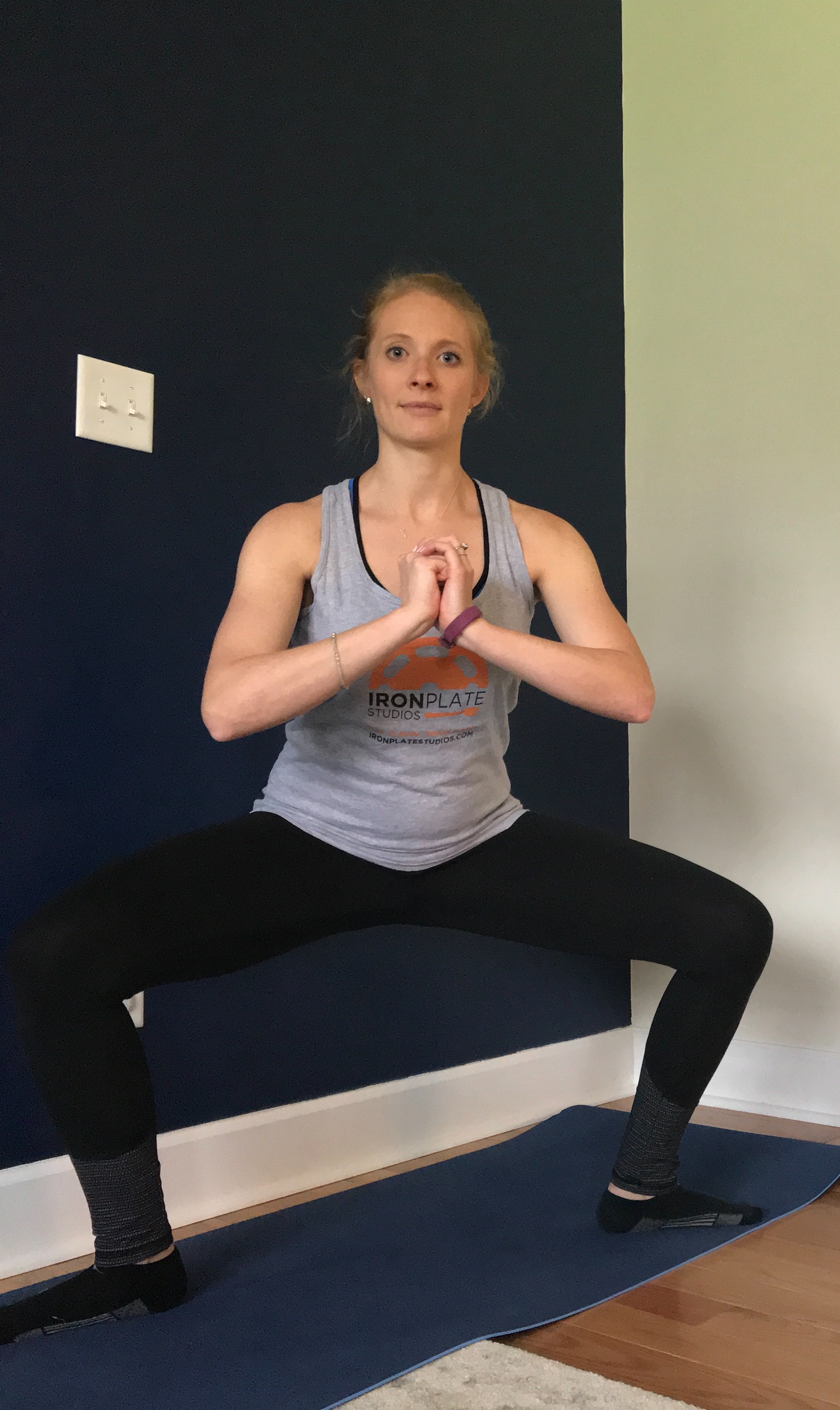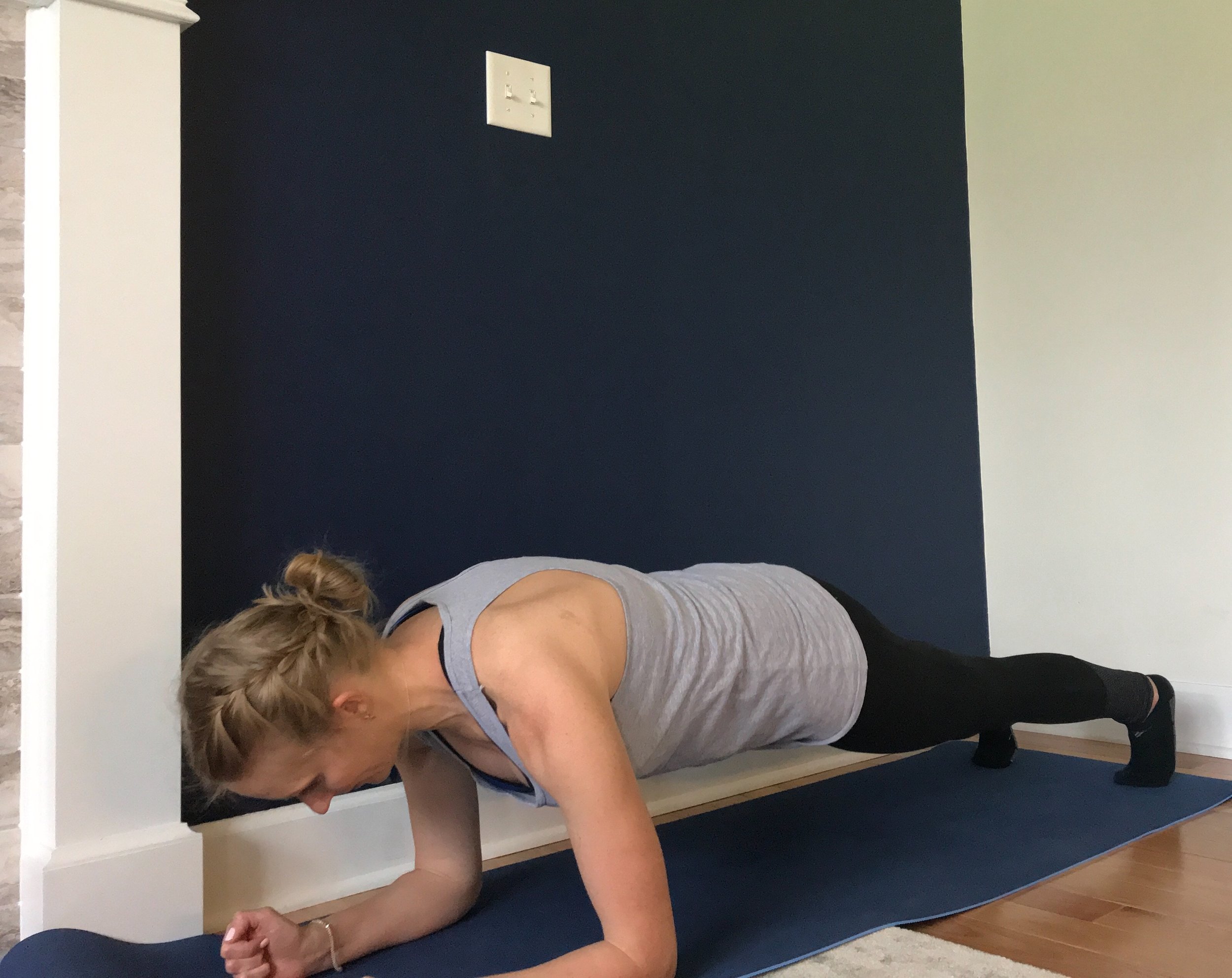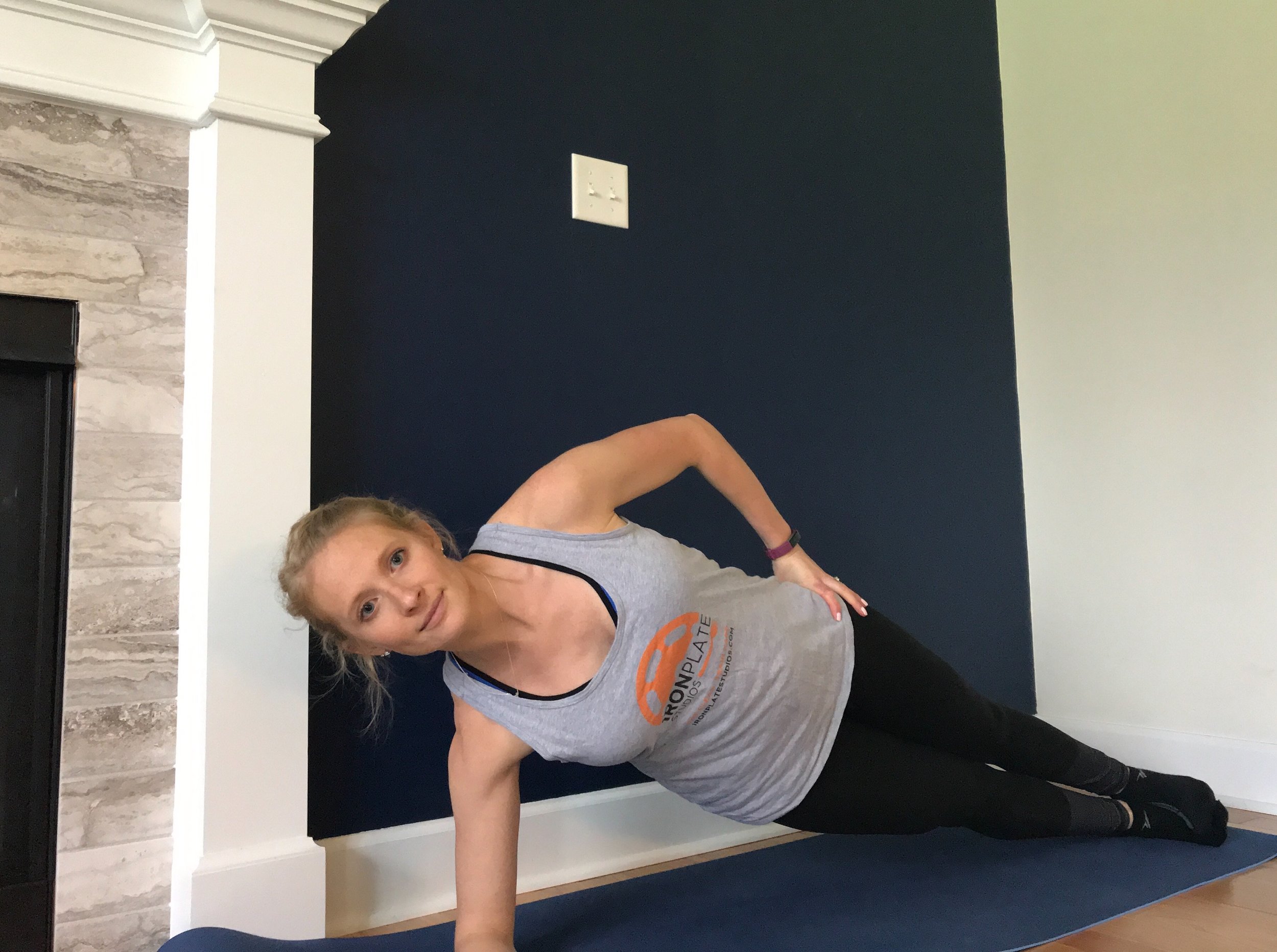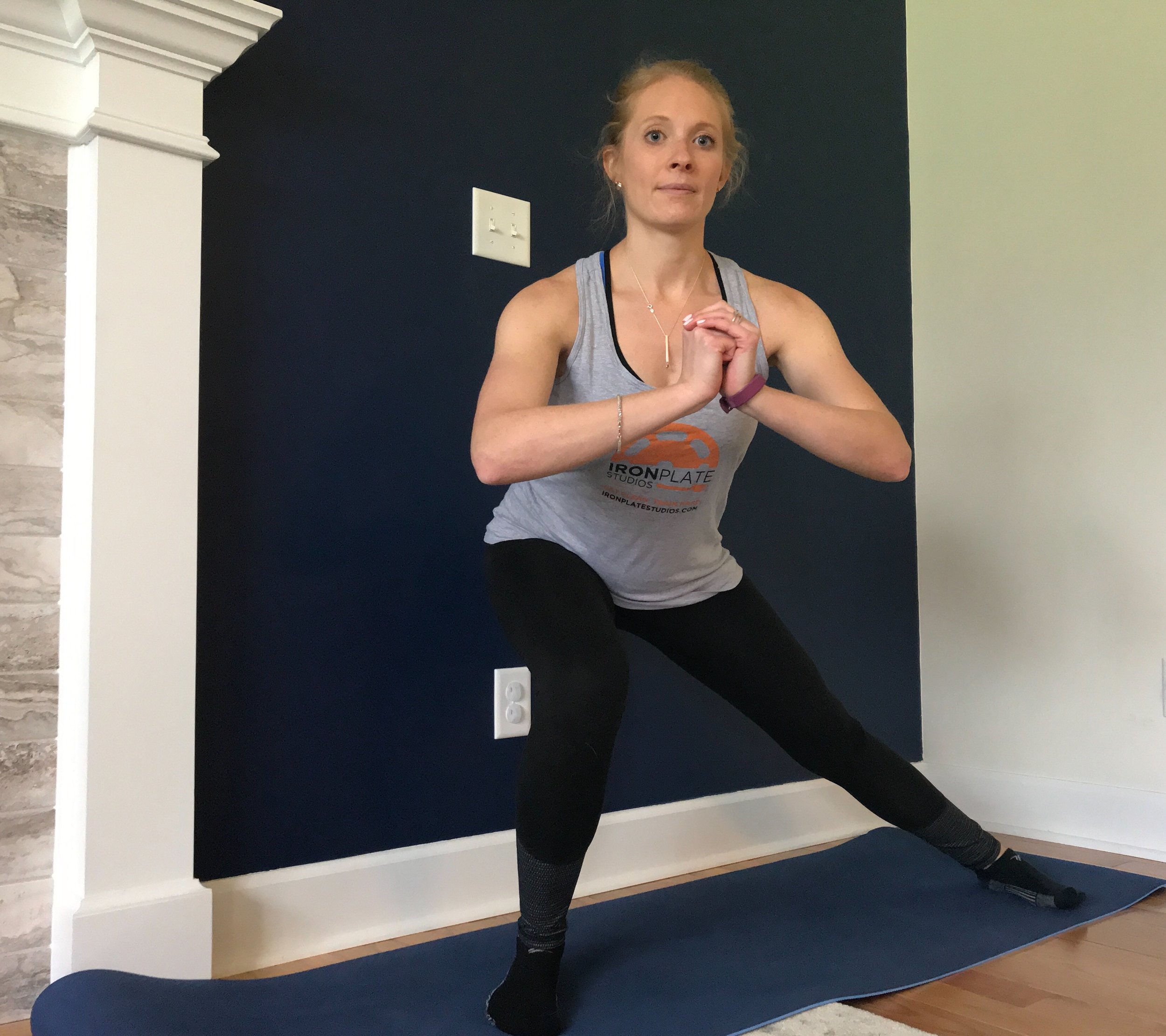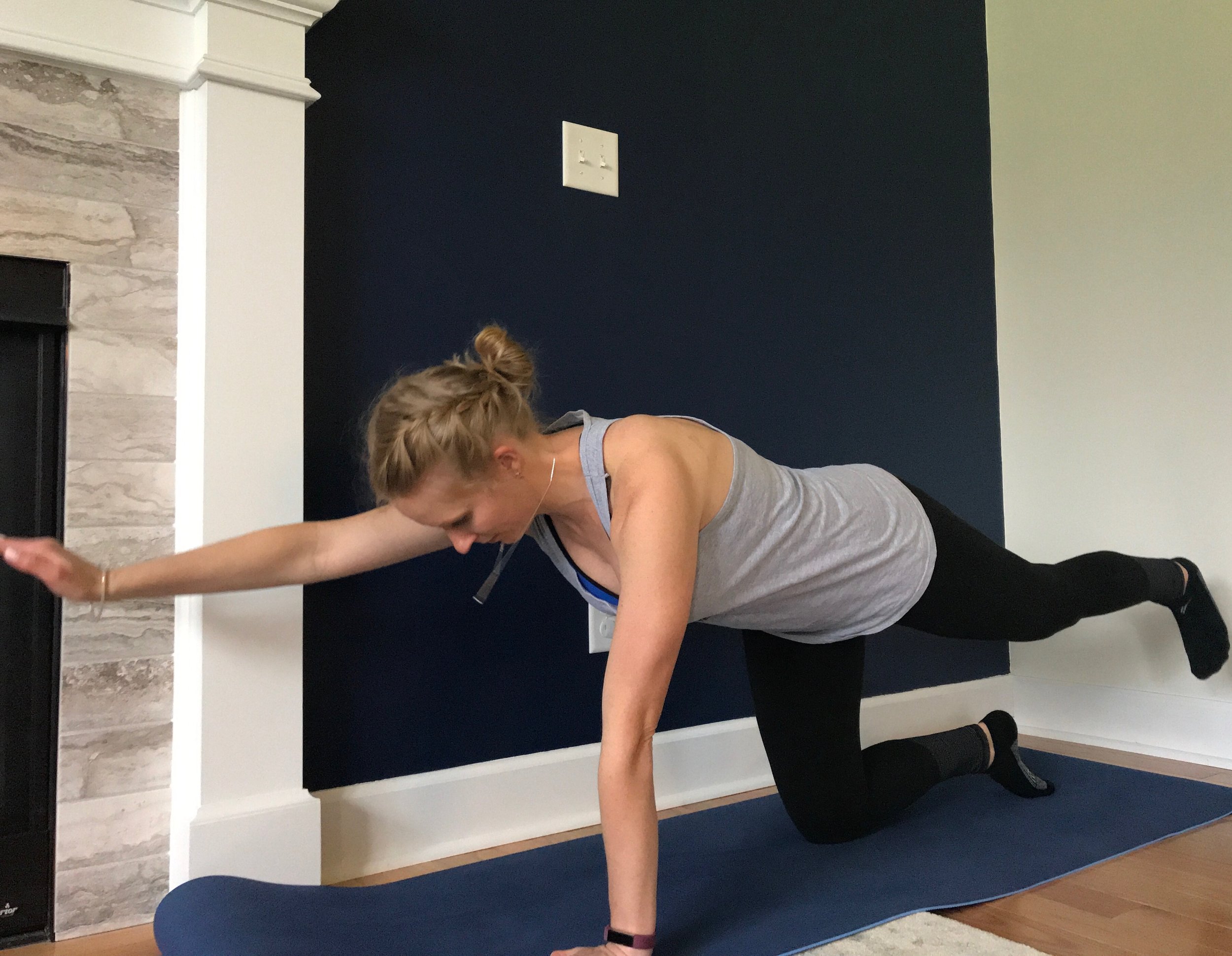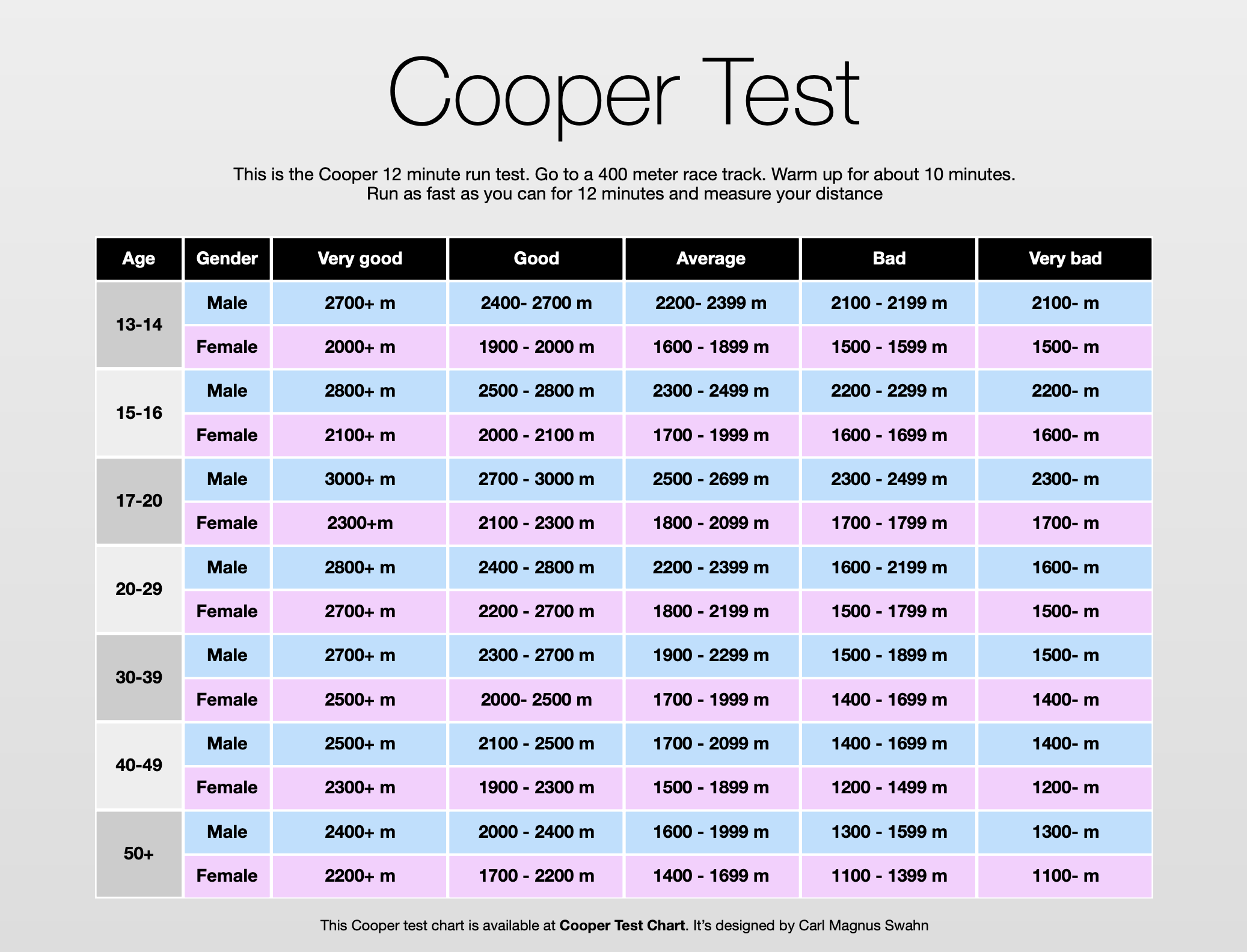In the blink of an eye a wrong step or quick movement can have you sidelined from your favorite activities. An injury however, doesn’t mean you have to give up on chasing your health and fitness goals, you might just have to get a bit more creative!
As a personal trainer, I occasionally get calls and emails from clients who have obtained an injury and want to put a hold on their training because they think they can’t continue until they’re healed. Not true! Depending on the severity of the injury, it’s more than possible to continue your training routine with appropriate modifications. I have personally torn my ACL and broken my foot but still maintained a regular workout routine. I have trained clients with many common injuries: sprained ankles, tweaked backs, torn rotator cuffs, injured arms, wrists, etc. and I have trained clients with more severe injuries or illnesses like strokes, post open heart surgery, Alzheimer’s, etc. The point is, there are very few things that can keep you from doing some type of physical activity. In fact, more and more research is proving that continuing physical activity improves healing times and outcomes. It is important to note however, that you should have 1) clearance from your doctor to continue physical activity, and 2) a personal trainer, exercise physiologist, or therapist that understands your injury and can provide appropriate adaptations and recommendations to your routine. For our purpose today, we’ll focus on maintaining your workout through more common injuries. (Broken bones, sprains, muscle pulls, torn ligaments/tendons)
Upper Body Injuries
This is probably the best case scenario if you are looking to continue a weight loss program or train for some type of cardio event. The silver lining here is that your legs are powerhouses and burn a significant amount of calories during a workout.
Cardio Training
Cardio can still be done! Some exercises, especially fairly immediately post injury, can be uncomfortable so you may need to taper the intensity and make sure your injured area is properly supported. Intensity may be increased as tolerated. More full body cardio workouts like swimming, aerobics, rowing will most likely have to be put on hold, but walking, running, hiking, elliptical, stairs, biking/spinning (depending on the injury) can all still be great options!
Lower Body workouts
Resistance training workouts are a perfect way to continue fitness training. While, depending on your injury, you may not be able to hold a weight, you can use things like your body weight, risers, stairs, resistance bands, or even weight machines such as leg press and functional trainer. You may need to avoid jumping and jarring movements at first. And yes, unfortunately those burpees and mountain climbers will have to be put on hold. ;-)
Lower Body Injury
Upper Body Workouts can still be done! When I tore my ACL in high school, I was unable to participate in regular gym class and was introduced to the weight room instead. I began weight training regularly 2-3 times per week and before I knew it, I was doing something I never thought I’d be able to do-Pull-ups!
Cardio doesn’t necessarily have to be out of the question. Depending on your injury, swimming can be great for rehabilitation and cardio. Rowing, while traditionally uses legs, can be done with arms only. If you’re a member of a gym that has battle ropes, they provide great upper body and core cardio and can be done standing or sitting. If you’re a bit more adventurous and the season and your injury allows it, you could do some kayaking, canoeing or rowing.
Back Injury
(Herniated discs, Strain)
Exercising with a back injury can be tough, but it’s not impossible! It’s important to make sure you start with a long warm-up and maintain proper posture throughout. Overhead exercises put a lot of pressure on the spine and should be avoided with back injuries. I keep my clients in a supported position during each exercise and shift the focus of the workout to increasing flexibility, supporting core strength, and stretching.
Cardio doesn’t have to be avoided with a back injury either. It is best to avoid any jarring, jumping or bouncing exercises that create higher impact, however things like swimming, water aerobics, or water walking can take pressure pressure off your back and make it easier to move around. Cycling and yoga can also be great low impact workouts.
Nutrition and Injuries
Something you may not think about while you’re caring for an injury is how important your diet is to the healing process. Diet will be extra important not only for continuing toward your goals but for proper recovery of your injury.
Even though our activity level tends to decrease with an injury, our metabolic rate can actually increase by 15-20% due to the work the body must do to repair itself. Post surgery, your metabolic rate may increase by as much as 50%! Talk with you doctor or nutritionist/trainer prior to any drastic changes to your diet.
Macronutrients
Protein
Protein is essential for the healing process. On average, you should be consuming around 0.8g/kg of lean protein. With an injury, you may need to increase this intake to closer to 1.5g/kg.
Fats
A diet high in trans fats, omega-6 rich vegetable oils and saturated fats will increase inflammation while a diet high in monounsaturated fats, and omega-3 fatty acids with decrease inflammation. A normal good balance of saturated, monounsaturated and polyunsaturated fats should appropriately regulate the body’s inflammation. Some research has shown that an increase in nut, seed and olive oil consumption can mildly reduce inflammatory biomarkers. These foods have been found to share a mechanism similar to ibuprofen. Keep in mind some inflammation is helpful for healing so overdoing it on the anti-inflammatory foods and medication can lead to a longer recovery. Key takeaway here, is balance!
Carbohydrates
Maintaining your normal intake of unprocessed carbohydrates is important to ensure you’re benefiting from appropriate micronutrients. Processed carbohydrates should be avoided as they trigger the inflammatory process in the body.
Vitamins and Minerals
The jury is still out on the exact role specific vitamins and minerals play in injury healing, but the following seem to provide benefits with extra supplementation during an injury:
(*consult your doctor and nutritionist prior to increasing any supplements in your diet especially if taking other medications*)
Vitamin A: During the acute phase of an injury, it supports early inflammation, reverses post-injury immune suppression and assists in collagen formation. (Collagen is a protein that forms part of your ligaments, tendons, bones, skin, and blood vessels). Keep in mind that Vitamin A is fat solvable, meaning it can accumulate in the body leading to potential toxicity if increased too much. Ideally you would only increase intake of Vitamin A during the first 1-2 weeks.
Vitamin C: Enhances white blood cell activity and plays a key role in collagen synthesis. It also is a powerful antioxidant and immune system modulator. Recommendations are 1-2g/day during injury repair.
Copper: Assists in formation of red blood cells and works with Vit C to form elastin (another protein in your connective tissue) and strengthen connective tissue. In the first few weeks of your injury, its recommended to take 2-4mg/day.
Zinc: Plays many roles in the body, but is especially necessary for tissue regeneration and repair. It’s one of the most common micronutrient deficiencies found. Supplementing with 15-30mg per day is recommended during the initial healing stages.
Calcium and Iron: Play a role in bone health and injury prevention. These are also commonly found deficiencies, so it is important to make sure your food source intake of these is adequate. There is no need to increase during an injury. As with vitamin A, vitamin D and Iron can be toxic in extremely high doses.
(The Essentials of Sport and Exercise Nutrition. Ch. 9pg 226-228)
Exercising with an injury doesn’t have to mean a vacation from your workouts and fitness/nutrition goals. Make sure you communicate properly with your trainer about your injury, specified restrictions, and any pain or discomfort that may arise. With your doctors blessing, you can continue a regular exercise routine through a multitude of injuries.











